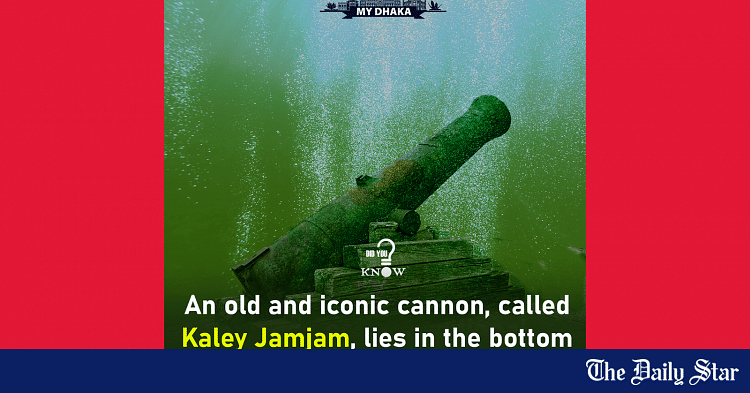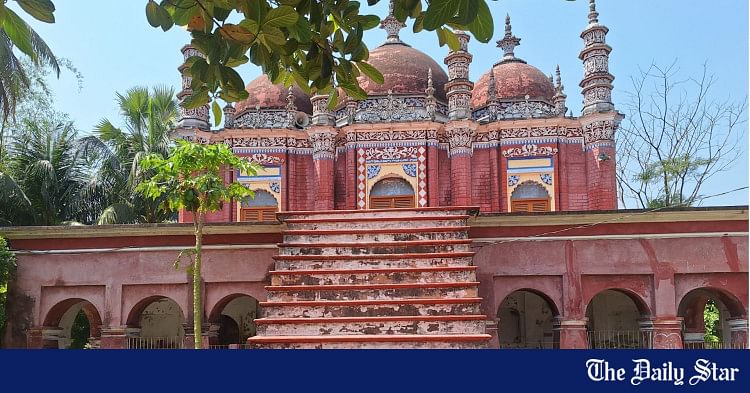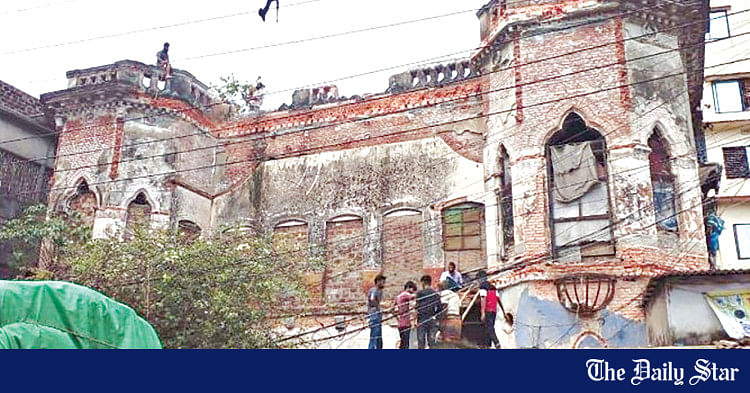Saif
Senior Member
- Messages
- 14,830
- Reaction score
- 7,674
- Origin

- Residence

- Axis Group

- Copy to clipboard
- Thread starter
- #21

Third Eye depicts myth, folk culture
Thirty six renowned and young artists depict myth, folk culture and nature with presentational styles in a group art exhibition titled Third Eye.
 www.newagebd.net
www.newagebd.net
Third Eye depicts myth, folk culture
Cultural Correspondent 29 December, 2024, 01:26

Thirty six renowned and young artists depict myth, folk culture and nature with presentational styles in a group art exhibition titled Third Eye.
The exhibition is underway at Drik Gallery in the capital.
Curated by artist Manashi Banik, the four-day exhibition is featuring 108 artworks, comprising paintings, prints, ceramics, sculptures and installation.
The exhibition is displaying artworks of artists including Sultanul Islam, Tarun Ghosh, Anisuzzaman, Abu Kalam Shamsuddin, Shyamal Chandra Sarker, Sourav Chowdhury, Biplab Biprodas, Sumon Chandra Das, Arif Ahmed, Hasura Akther Rumky, Salma Zakia Bristy, Mahfuza Beauty, Sushanta Anupam, Sanjib Saha and Manabendra Ghosh.
Sultanul Islam’s acrylic on canvas titled Woman and Bird portrays the visual presentation of a famous folk song by Mujib Pardeshi titled Holudiya Pakkhi, while a woman recalls a yellow bird.
Sculptor Shyamal Chandra Sarker’s artwork titled Struggle depicts a wolf hunting while the life-size sculpture is made by assembling old parts.
Muhammad Mehdi Hasan’s installation artwork titled Deity comprises painting with objects of worship which shows how myth, ritual, art-crafts and objects related to daily life.
Shama Shaiom’s mixed media on paper titled Goblet depicts a flower in a glass with a classic colour theme.
Anik Barua’s portrait of SM Sultan titled The Greatness of the Soul, charcoal on canvas, depicts legendary painter SM Sultan with his two cats.
‘Third Eye began its journey with an art camp in October. This is the first group exhibition by the platform which aimed to portray artists’ thoughts during the nationwide July uprising and massacre,’ Manashi Banik said, adding that artists also portray their thoughts about the myth, folk, ritual and the universe.
The exhibition was inaugurated on Friday, and will end on Monday.
Cultural Correspondent 29 December, 2024, 01:26
Thirty six renowned and young artists depict myth, folk culture and nature with presentational styles in a group art exhibition titled Third Eye.
The exhibition is underway at Drik Gallery in the capital.
Curated by artist Manashi Banik, the four-day exhibition is featuring 108 artworks, comprising paintings, prints, ceramics, sculptures and installation.
The exhibition is displaying artworks of artists including Sultanul Islam, Tarun Ghosh, Anisuzzaman, Abu Kalam Shamsuddin, Shyamal Chandra Sarker, Sourav Chowdhury, Biplab Biprodas, Sumon Chandra Das, Arif Ahmed, Hasura Akther Rumky, Salma Zakia Bristy, Mahfuza Beauty, Sushanta Anupam, Sanjib Saha and Manabendra Ghosh.
Sultanul Islam’s acrylic on canvas titled Woman and Bird portrays the visual presentation of a famous folk song by Mujib Pardeshi titled Holudiya Pakkhi, while a woman recalls a yellow bird.
Sculptor Shyamal Chandra Sarker’s artwork titled Struggle depicts a wolf hunting while the life-size sculpture is made by assembling old parts.
Muhammad Mehdi Hasan’s installation artwork titled Deity comprises painting with objects of worship which shows how myth, ritual, art-crafts and objects related to daily life.
Shama Shaiom’s mixed media on paper titled Goblet depicts a flower in a glass with a classic colour theme.
Anik Barua’s portrait of SM Sultan titled The Greatness of the Soul, charcoal on canvas, depicts legendary painter SM Sultan with his two cats.
‘Third Eye began its journey with an art camp in October. This is the first group exhibition by the platform which aimed to portray artists’ thoughts during the nationwide July uprising and massacre,’ Manashi Banik said, adding that artists also portray their thoughts about the myth, folk, ritual and the universe.
The exhibition was inaugurated on Friday, and will end on Monday.








